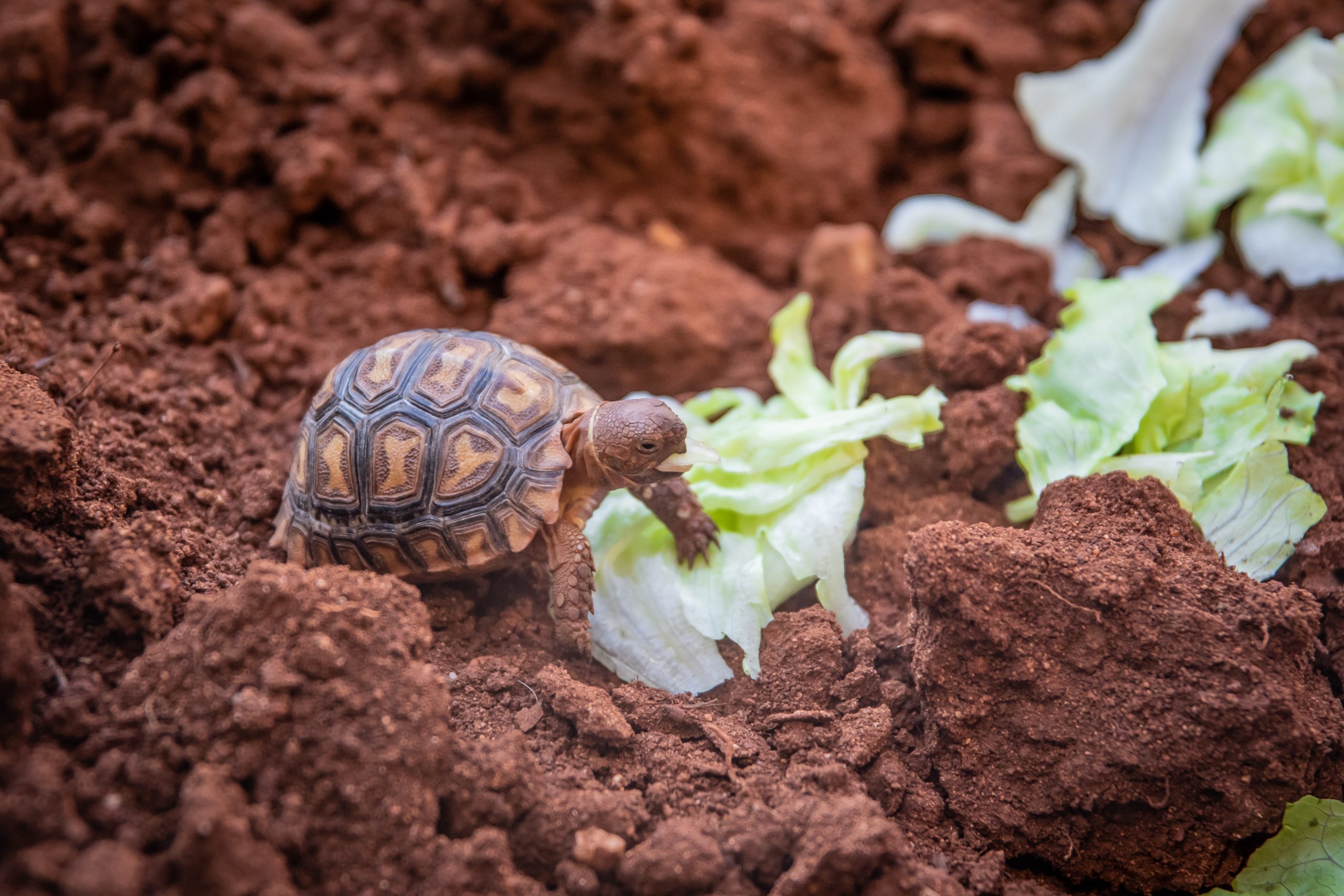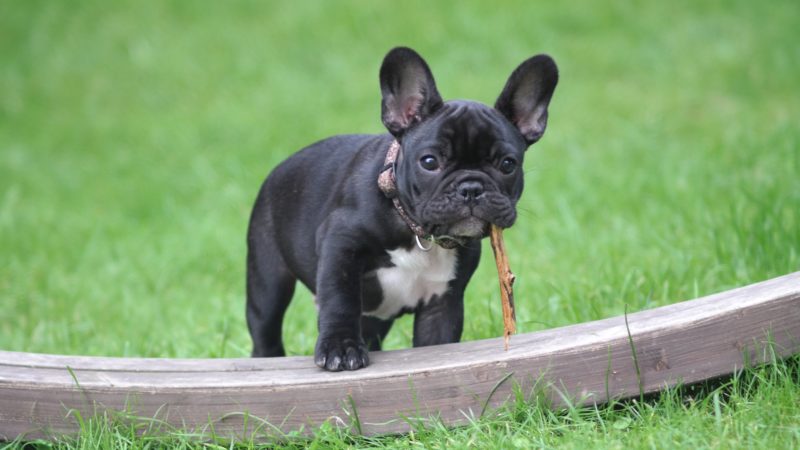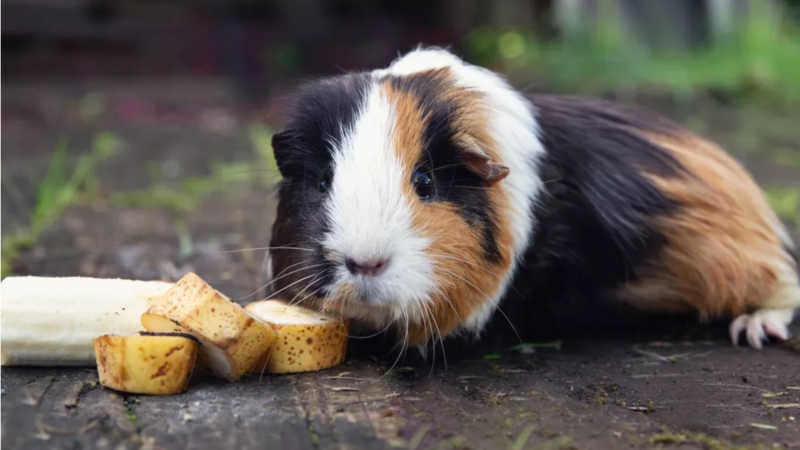How Can You Take Care Of Your Baby Turtle?

If you also love to have pets at your home, then the baby turtle would be the best option. The essential question that usually strikes people’s minds is how to take care of a baby turtle? Are you also thinking of the same? If yes, then don’t worry because you will find out how to take care of a baby turtle?
Do you like baby turtles? Having baby pet turtles at the house can be very exciting and amusing. They might not look fascinating, but they are adorable and cute.
Baby turtles can make excellent pets, but they also need a bit of care. There are usually two kinds of turtles: terrestrial and aquatic. Both types of baby turtles require equal amount of care.
Types of Turtles
There are around a total of 270 kinds of turtles. However, if you are looking for the ideal turtle that you can keep as a pet, then you are in the right place. Here are a few types of turtles that you can keep at your home as a loving pet.
Red-Eared Sliders
The most popular variety of turtles people usually keep at their homes as pets are the red-eared sliders. These types of turtles can grow as long as 11 inches. However, red-eared sliders care should be done more cautiously as their taste keeps changing with time.
African Aquatic Side Neck
These types of turtles are aquatic, omnivores, and have an unusual folding neck. These turtles can grow as long as 8 inches. Usually, these turtles are always on a search hunt to find a spot where they can bask in the light.
Central American Wood Turtle
These turtles are also known as the ornate wood turtle. These turtles are herbivores, but if you would offer them an occasional insect or worm, then they will take it excitingly.
Caspian Pond Turtle
This type of omnivore turtle is semi-aquatic and needs water and land. These turtles can grow up to nine inches.
Painted Turtle
The painted turtle is colorful; hence it is named as painted. These turtles can grow up to 7 inches. This is the most common species of turtle found in the USA.
How To Take Care Of Your Baby Turtle?
If you have a baby turtle, how would you care for it? Having a baby turtle needs care. Hence, you should keep an adequate light and clean environment. With the proper filtration, you can keep your turtle happy and healthy. You should give the right food to your baby turtle.
Deficiencies and Disease in Baby Turtles
There are various possibilities of deficiencies in your baby turtle if you do not give them proper care. Some deficiencies or diseases might also cause harm to you. Moreover, you should beware that you do not take a chance to take care of your pet baby turtle.
Calcium and Vitamin A deficiencies are commonly found in captive reptiles. Hence, the turtles may suffer from shell fractures, respiratory infections, abscesses, and parasites. In all such conditions, proper veterinary pet turtle care is required.
Salmonella is the most common disease that is usually found in turtles (Source). It’s a food-borne disease that the turtles carry. Several zoonotic diseases can be transferred from human beings. Salmonella is a disease in turtles that is contagious and can even be transmitted to human beings.
Suitable Environment for Baby Turtles
The turtles need water and land both inside the room for exploration. The maintenance of the ground for the baby water turtle is vital to stay on top of. Turtles always require clean and fresh water.
For maintaining a healthy environment, strong filtration is needed. Hence, it becomes imperative to change the water regularly. Pure water always generates a healthy environment for the baby water turtle and makes them happy.
The turtles live in their bathroom; hence the frequent water change will ensure that the water is free of dust and particles. If you are keeping or planning to hold a turtle at your home, you will need to make some every week. It would be best to have thermometers to check on the temperature for maintaining a similar environment.
Turtles cannot be in the air for a long time as they are not suitable for them. If your turtle would continuously be in the air, they may face some respiratory infection. Also, they may stop eating, which might lead to so many problems.
Sunlight is necessary for your turtle as it helps in the proper development of the turtle’s shells. If the turtle does not get the relevant sunlight, they can even have some metabolic bone disease.
Diet for Turtle
A proper diet for your turtle is essential for their health. The diet depends on the type of turtle you have. Usually turtles eat leafy and dark greens, insects, butterflies, and fish (such as comet goldfish, usually smaller than the common goldfish). You can even feed your turtle with pet canned or pelleted turtle food. You can also give them freeze-dried mealworms.
The most notable advantage of having a turtle as a pet is that you will not need to feed them regularly. According to the rule of thumb, you can provide your turtle 4 to 5 times a week. However, in the case of newly-born baby turtles, you will need to feed them regularly.
You can also dust some calcium supplements two times a year as it is one of the essential supplements and accessories for the turtles.
General Care Tips for Turtle
Giving proper care to your pet is your responsibility. You should provide adequate care, environment, food, and nutritional value to your pet to keep them happy and healthy. When you do not feed your pet or fail to give proper care to them, it might lead to some major health issues.
Do you want to know how to take care of a baby turtle if you are planning to purchase one? Here are a few pet turtle care tips that you can follow:
- Ensure that your terrarium’s air and water temperature is around 86 degrees Fahrenheit and that your baby pet turtles have equal access to water and land.
- Ensure that you change the baby turtle’s water regularly if you do not have a turtle tank filter at home.
- Feed your baby turtle regularly, once or twice.
- The small turtles should possess an aquarium or terrarium. Ensure that it is not smaller or lesser than 29 gallons. Also, it must not be shorter than four feet long, 18 inches tall, and wide.
- Ensure that you keep on checking the physical illness signs such as shell discoloration, swollen eyes. In case you observe any of such symptoms, call your specializing veterinarian in reptile care.
- Make sure that the living space area of your home is clean.
- Ensure that you feed the right food to your baby turtle
- Keep on checking that your baby turtle is getting adequate light.
- Turtles love to be social; therefore, ensure that there is enough space for another breed in the aquarium or terrarium.
Many turtles can live up to around 20 years. Moreover, this is one of the major reasons that one must not rush in the buying process.
Signs of a Healthy Turtle
Leave all your worries behind because we have the answers to all your questions. Keeping a pet baby turtle at your home is easy. Moreover, taking care of it is mandatory. In that case, you will need to keep on checking whether your baby pet turtle is healthy or has some signs of sickness. But, how will you recognize that a turtle is healthy or not? Do not worry because we have taken some of the vital signs that you must know:
- The eyelids of the turtle should not be puffy. The baby turtle should have bright and clear eyes.
- No presence of pits or cracks in the shell of the turtle
- No infection or unhealed wounds sign
- Clear breathing; even with the shutting mouth, the turtle can breathe.
- No wheezing sounds
- No bubbles from the baby turtle’s nose
- Moving and strong limbs when picked up
Final Words
Baby turtles are the most adorable creatures that one must-have. Proper care of baby turtles should be done to keep them healthy. There are diverse kinds of baby turtles that you can purchase. However, among all the rest of the baby turtles mentioned, the best one for your home is the red-eared sliders.
Discovering some of the best caring tips and healthy signs of your baby turtle would help you understand how to take care of a baby turtle properly. Let us know how you find this article in the comment section below.






